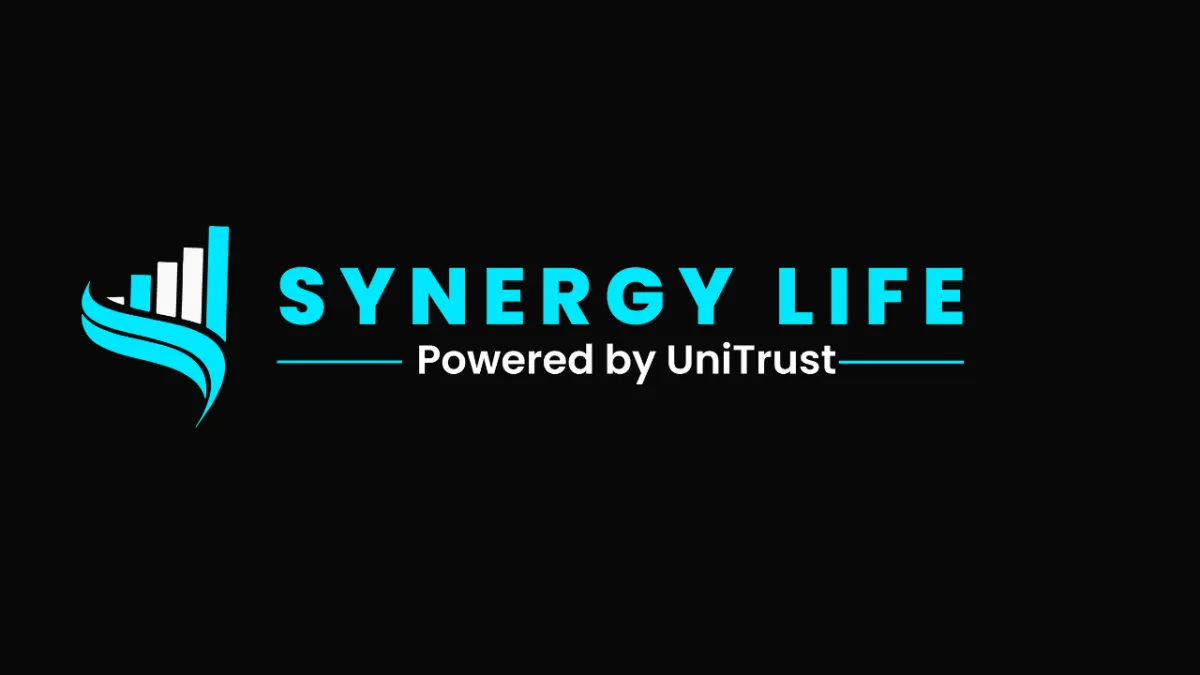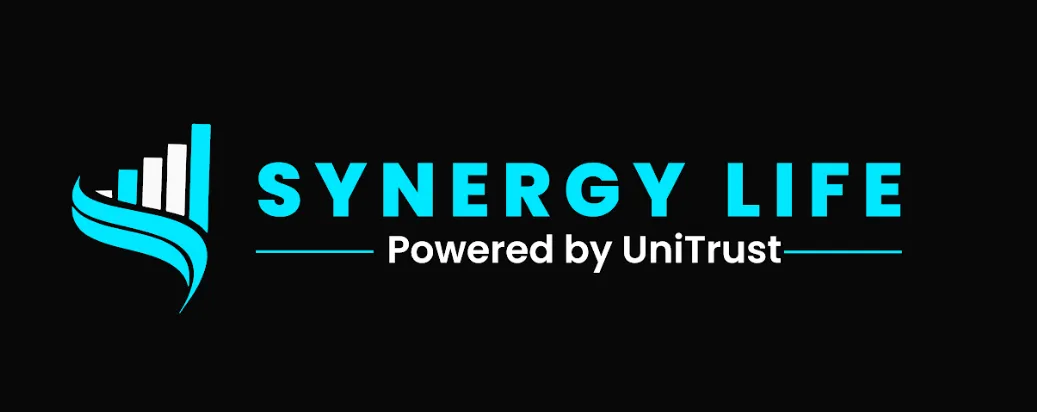Whole Life Insurance
Whole life insurance ensures lifelong coverage and builds cash value over time. Designed for seniors who want stability and financial security.

Whole Life Insurance for Seniors
Whole life insurance provides seniors with a reliable and lifelong coverage option, ensuring peace of mind and financial security for loved ones. As a type of permanent life insurance, whole life insurance remains active for a policyholder's entire life, provided premiums are paid. Unlike term insurance, which only covers a specific period, whole life insurance offers guaranteed death benefits, level premiums, and a cash value component that grows over time.
Key Benefits of Whole Life Insurance
Lifetime Coverage: Whole life insurance provides lifetime protection, meaning that coverage will never expire as long as premiums are consistently paid. This feature makes whole life insurance ideal for seniors who wish to leave a legacy or ensure their families are financially supported after they’re gone.
Level Premiums: Premiums remain fixed for the life of the policy, offering predictability and eliminating the concern of increasing premiums over time. This stability can be particularly beneficial for seniors on a fixed income, allowing them to budget for a lifelong policy without surprises.
Cash Value Component: One unique feature of whole life insurance is its cash value component, which accumulates over time on a tax-deferred basis. This cash value can be accessed by the policyholder through loans or withdrawals, providing a source of funds for emergencies, additional retirement income, or other financial needs. For seniors, this can serve as a valuable asset in the later stages of life.
Guaranteed Death Benefit: The death benefit of a whole life insurance policy is guaranteed and will be paid out to the beneficiaries regardless of when the policyholder passes, as long as the policy is in force. This assurance allows seniors to confidently leave behind a financial safety net for their loved ones.
How Whole Life Insurance Works
Whole life insurance is designed to meet the policyholder’s needs throughout their life, offering both protection and growth through its cash value component. Here's how it works:
Paying Premiums: Seniors pay regular premiums, which are typically level, meaning they don’t change throughout the life of the policy. Part of each premium goes towards the death benefit, while the other portion goes into the policy’s cash value.
Accumulating Cash Value: Over time, the policy’s cash value grows, providing a source of funds that can be accessed during the policyholder’s lifetime. This cash value grows at a guaranteed rate, providing additional financial security.
Providing Death Benefits: Upon the policyholder’s passing, the whole life policy’s beneficiaries receive the death benefit, offering them support for immediate expenses, debts, or even as an inheritance.
Whole Life Insurance vs. Term Life Insurance
While both types of insurance provide financial protection, whole life and term life insurance differ in significant ways:
Duration of Coverage: Whole life insurance provides lifetime coverage, whereas term life insurance only covers a specified period (e.g., 10, 20, or 30 years).
Premium Stability: Whole life premiums remain level, whereas term life premiums may increase after the initial term expires.
Cash Value: Whole life insurance accumulates cash value over time, unlike term life, which does not build any cash component.
Is Whole Life Insurance Right for You?
Whole life insurance can be a great choice for seniors looking for lifelong coverage, a predictable premium structure, and a cash value component. It’s especially suited for those who want to leave behind financial security for their families or who may benefit from having access to accumulated cash value over time.
If you’re interested in learning more about whole life insurance and how it could support your family’s financial goals, reach out today. Let’s explore your options and find the right plan tailored to your needs.
FAQs
Find answers to commonly asked questions about life insurance and Synergy Life's offerings.
What is whole life insurance?
Whole life insurance is a permanent life insurance policy that provides lifelong coverage and includes a cash value component that grows over time at a guaranteed rate.
How does whole life insurance work?
Whole life insurance combines lifelong coverage with fixed premium payments. Part of each premium goes towards the death benefit, while another portion builds cash value that grows tax-deferred.
What are the tax advantages of whole life insurance?
Whole life insurance offers three main tax advantages: a tax-free death benefit, tax-deferred cash value growth, and tax-free policy loans.
How does whole life insurance differ from term life insurance?
Whole life insurance provides lifetime coverage with a cash value component, while term life insurance covers a specific period without cash value. Whole life typically has higher premiums than term life.
Can I borrow against the cash value of my whole life insurance policy?
Yes, policyholders can borrow against the cash value of their whole life insurance policy. However, borrowing will reduce the death benefit paid to beneficiaries.
Discover the Power of Synergy Life
Protecting Your Future with Comprehensive Life Insurance Solutions
© 2025 Synergy Life. All rights reserved.

